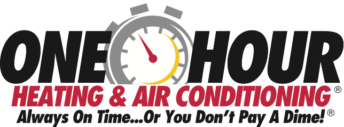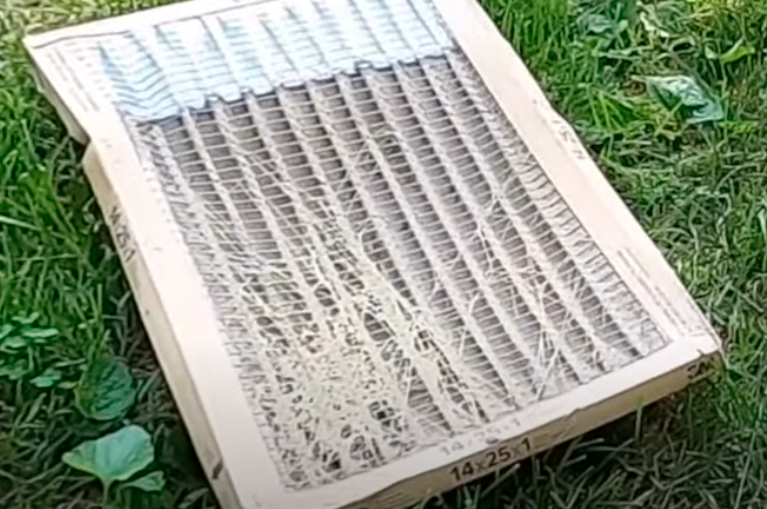Bypass humidifiers are designed to increase indoor humidity levels by adding moisture to the air. They are installed directly into the home’s heating system. Here’s a step-by-step breakdown of how bypass humidifiers work:
- Integration with the HVAC System: Bypass humidifiers are typically installed within the ductwork of the home’s heating, ventilation, and air conditioning (HVAC) system. They work in conjunction with the furnace or air handler.
- Water Supply: Bypass humidifiers require a water source, provided by the home’s plumbing system. A water line is connected to the bypass humidifier, ensuring a constant supply of water.
- Regulation of Humidity Levels: Bypass humidifiers are equipped with a humidistat, a device that measures the humidity levels in the air. When the humidity drops below the desired setpoint, the humidistat signals the humidifier to activate.
- Activation: Upon receiving the signal from the humidistat, the bypass humidifier’s valve opens, allowing water to flow into the unit.
- Evaporation Process: As air from the HVAC system passes through the bypass humidifier, it comes into contact with a moistened evaporator pad or water panel. This pad absorbs water from the unit’s reservoir and allows it to evaporate into the air stream.
- Distribution of Moistened Air: The now-moistened air is distributed throughout the home via the HVAC ductwork, effectively increasing indoor humidity levels.
Benefits of Bypass Humidifiers:
- Improved Comfort: By maintaining optimal humidity levels, bypass humidifiers help alleviate dry skin, scratchy throat, and nasal congestion, promoting overall comfort.
- Preservation of Property: Adequate humidity levels can prevent wooden furniture, flooring, and musical instruments from drying out and cracking.
- Energy Efficiency: Properly humidified air feels warmer, allowing homeowners to lower their thermostat settings and potentially reduce heating costs.
- Health Benefits: Maintaining balanced humidity levels can help reduce the transmission of airborne viruses and bacteria, promoting better respiratory health.
Bypass humidifiers offer a practical solution for homeowners seeking to enhance indoor air quality and comfort levels. By integrating seamlessly with the HVAC system, these devices efficiently distribute moisture throughout the home, ensuring optimal humidity levels year-round. Whether combating the dry winter air or mitigating the effects of a dry climate, bypass humidifiers play a vital role in creating a healthier and more comfortable living environment.
In the video below, Evan replaces an Aprilaire Bypass Humidifier in Overland Park, Kansas.
Evan is an experienced HVAC Technician with One Hour Heating and Air Conditioning in Olathe, Kansas.













